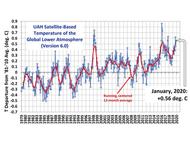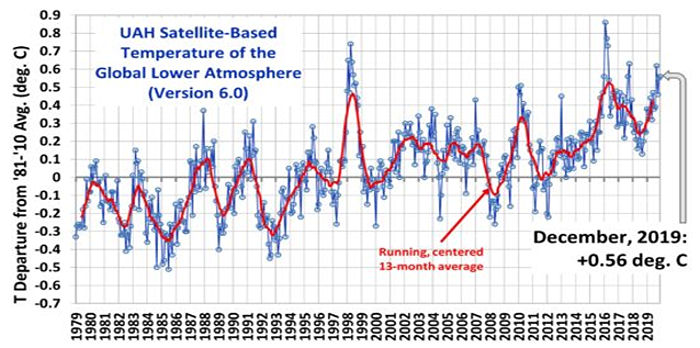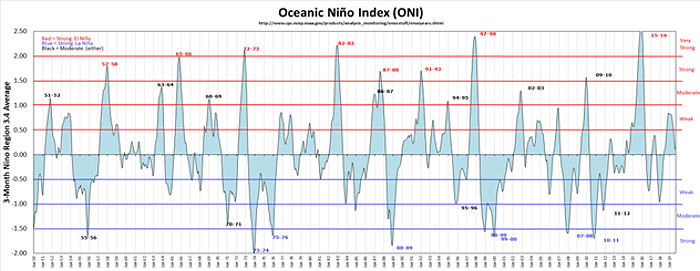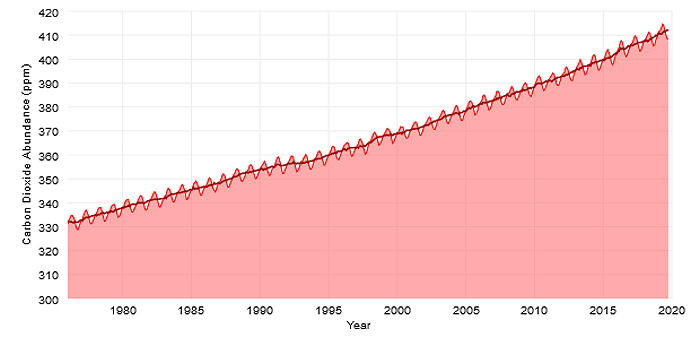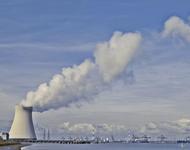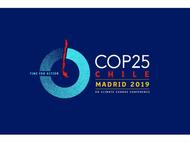“The United States was warned Wednesday by the United Nations it cannot avoid compensating poorer nations hit by climate change, despite Donald Trump honoring his election promise of leaving the 2015 Paris climate agreement”, Simon Kent
Reparations for global greening?
NASA satellite observations confirm that the globe has greened over the satellite era. They attribute approximately 70% of this greening to the increase in atmospheric CO2 concentrations. CO2 affects plants of most types by increasing their rates of growth, but also by increasing the efficiency with which they use available water. Thus, increased CO2 concentrations have made it possible for a range of plant types to grow in areas where annual rainfall was insufficient to support their growth. It is difficult to imagine that this global greening has caused any adverse effects which would justify reparations.
Reparations for improved crop yields?
Data confirm continuing increases in global crop yields. While increased CO2 concentrations play some role in this increase, this role is minor in comparison with the development of more productive, more insect and drought resistant strains of these crops. Again, it is difficult to imagine that increased crop yields have caused any adverse effects which would justify reparations.
Reparations for rising sea levels?
Rising sea levels are one of the primary concerns regarding anthropogenic climate change. However, sea levels have been rising at a steady rate since the inception of sea level measurement, more than 100 years prior to significant increases in anthropogenic atmospheric CO2 concentrations. Therefore, it seems tenuous at best to attribute current sea level rise to the onset of anthropogenic warming. There appears to be no acceleration of the rate of sea level rise over the period since anthropogenic CO2 emissions became a concern.
Reparations for growing Pacific island nations?
Sea level rise has been a particular concern of Pacific island nations whose land area is, on average, only several feet above sea level. The expressed concern is that the islands would progressively lose land area and ultimately become submerged. However, satellite surveys have determined that the land area of most of these islands is growing rather than shrinking. There appears to be no basis for reparations as a result of this land growth.
Reparations for shrinking glaciers?
Many of the globe’s glaciers are shrinking. In general, the extent of global glaciation has been declining since the end of the last glacial period. Recent glacial retreats have revealed evidence of settlements which were abandoned when the glaciers advanced during the Little Ice Age. Other glacial retreats have revealed tree lines at higher elevations than the current tree lines, demonstrating that the glaciers had previously, naturally retreated to higher elevations. It is difficult to identify a justification for reparations in this case, as it is not possible to identify who has been wronged.
Reparations for reduced tropical cyclones?
The frequency and intensity of tropical cyclones has remained relatively constant over the past several decades. Modeling projects future increases, but these projections cannot be verified currently. There does not appear to be any current justification for reparations based on climate change induced variation.
Reparations for stable drought and flooding incidence?
Globally there has been little if any change in drought or flood frequency or intensity, though again, modeling projects such increases. There is no apparent current justification for reparations based on anthropogenic climate change.
Reparations for potential future adverse impacts?
There is no justification for reparations for events which have not yet occurred and might never occur.
Reparations for economic inequality?
Economic inequality has numerous contributing causes, of which climate might be one. However, this economic inequality pre-existed the period in which anthropogenic CO2 emissions are believed to have begun affecting climate. Therefore, though there might be justification for actions to alleviate this inequality, that justification should not be based on climate change.
 The Right Insight is looking for writers who are qualified in our content areas. Learn More...
The Right Insight is looking for writers who are qualified in our content areas. Learn More...

